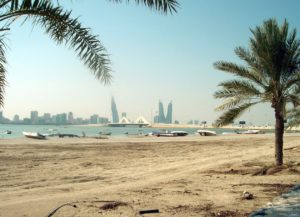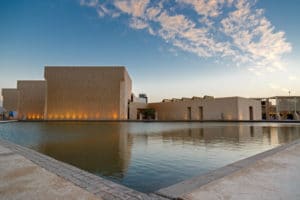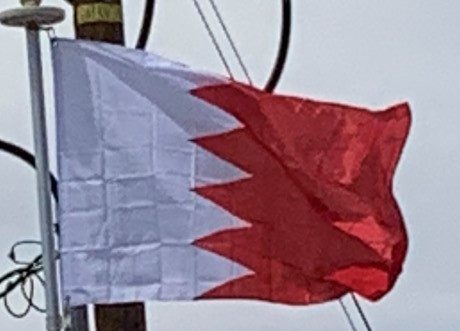
Often described as an archipelago of 33 islands, extensive land reclamation projects have changed this; by August 2008 the number of islands and island groups had increased to 84. Bahrain does not share a land boundary with another country but does have a 100 mile coastline. Bahrain’s largest islands are Bahrain Island, the Hawar Islands, Muharraq Island, Umm an Nasan, and Sitra. Bahrain has mild winters and very hot, humid summers. The country’s natural resources include large quantities of oil and natural gas as well as fish in the offshore waters. Arable land constitutes only 2.82% of the total area.
Economy:
Bahrain’s banking and financial services sector, particularly Islamic banking, have benefited from the regional boom driven by demand for oil. Petroleum production and processing is Bahrain’s most exported product, accounting for 60% of export receipts, 70% of government revenues, and 11% of GDP. Aluminium production is the second-most exported product, followed by finance and construction materials.

Economic conditions have fluctuated with the changing price of oil since 1985, for example during and following the Persian Gulf crisis of 1990–91. With its highly developed communication and transport facilities, Bahrain is home to a number of multinational firms and construction proceeds on several major industrial projects. A large share of exports consist of petroleum products made from imported crude oil, which accounted for 51% of the country’s imports in 2007. Bahrain depends heavily on food imports to feed its growing population; it relies heavily on meat imports from Australia and also imports 75% of its total fruit consumption needs. Since only 2.9% of the country’s land is arable, agriculture contributes to 0.5% of Bahrain’s GDP.
Tourism:
As a tourist destination, Bahrain received over eight million visitors in 2008, though the exact number varies yearly. Most of these are from the surrounding Arab states although an increasing number hail from outside the region due to growing awareness of the kingdom’s heritage and its higher profile as a result of the Bahrain International F1 Circuit.
The kingdom combines modern Arab culture and the archaeological legacy of five thousand years of civilisation. The island is home to forts including Qalat Al Bahrain which has been listed by UNESCO as a World Heritage Site. The Bahrain National Museum has artifacts from the country’s history dating back to the island’s first human inhabitants some 9000 years ago and the Beit Al Quran is a museum that holds Islamic artifacts of the Qur’an. Some of the popular historical tourist attractions in the kingdom are the Al Khamis Mosque, which is one of the oldest mosques in the region, the Arad fort in Muharraq, Barbar temple, which is an ancient temple from the Dilmunite period of Bahrain, as well as the A’ali Burial Mounds and the Saar temple. The Tree of Life, a 400-year-old tree that grows in the Sakhir desert with no nearby water, is also a popular tourist attraction.

